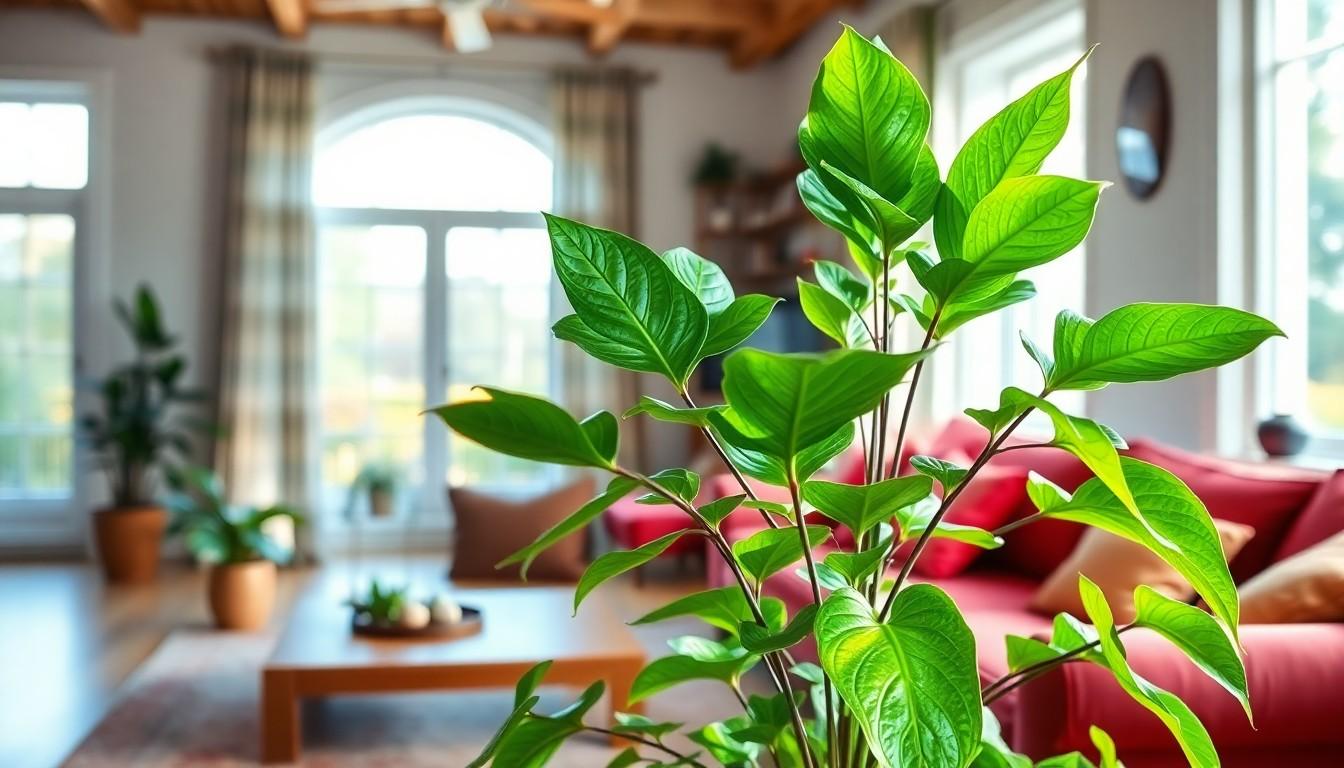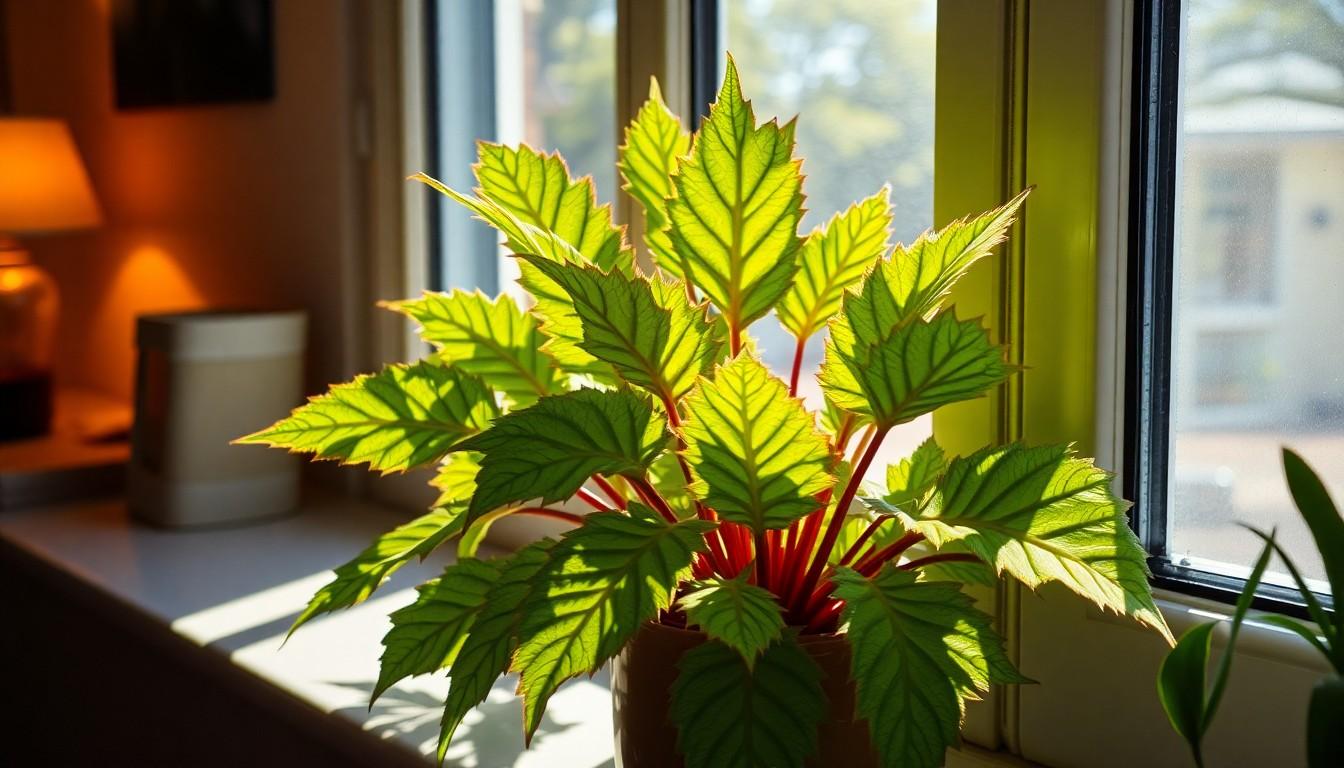If you’re looking to add a touch of quirky charm to your plant collection, the devil’s backbone plant might just be your new best friend. With its striking zigzag leaves and a name that sounds like it belongs in a horror movie, this plant is as intriguing as it is easy to care for. Who wouldn’t want a little drama in their living space?
Devil’s Backbone Plant Care
Devil’s backbone plant, scientifically known as
Euphorbia tithymaloides, stands out with its striking zigzag-shaped leaves. This unique appearance enhances both indoor and outdoor spaces. The plant thrives in warm climates, often growing to a height of 2 to 3 feet, making it suitable for containers or as a focal point in gardens.
A distinguishing feature of this succulent is its ability to tolerate drought conditions, thus requiring minimal watering. These plants flourish in well-draining soil, allowing excess moisture to escape, which prevents root rot. Light plays a crucial role as well, with bright indirect light promoting vibrant foliage.
Pests and diseases pose minimal threats to the devil’s backbone plant. However, occasional mealybugs and aphids may appear. Regularly inspecting the foliage keeps these issues at bay. Pruning can further encourage healthy growth and maintain the desired shape.
Temperature impacts this plant’s overall health. It prefers temperatures between 60°F and 75°F, thriving best when sheltered from extreme cold or frost. During the growing season, fertilizing every four to six weeks with a balanced, diluted fertilizer supports its growth.
Flowering typically occurs in the summer months, showcasing small, vibrant bracts that attract pollinators. This feature adds an extra element of beauty to its already decorative appeal. Overall, the devil’s backbone plant combines unique aesthetics with ease of care, making it a popular choice for enthusiasts and novice gardeners alike.
Ideal Growing Conditions
Creating optimal conditions for the devil’s backbone plant enhances its growth and beauty. Understanding light and temperature requirements plays a vital role.
Light Requirements
Bright, indirect light supports the vibrant foliage of the devil’s backbone. Placing it near a south or west-facing window often yields the best results. Direct sunlight may scorch the leaves, leading to damage. Adaptable to lower light conditions, this plant may grow slower in such environments. Ideal locations include living rooms and bright office spaces.
Temperature and Humidity
Temperatures between 60°F and 75°F encourage healthy growth. They thrive in warm conditions, so chilling below 50°F can lead to stress. While the devil’s backbone can tolerate low humidity levels, maintaining moderate humidity promotes optimal performance. Regular misting or a humidity tray can benefit the plant in drier environments. Keeping them away from drafty windows also ensures stability in temperature and humidity.
Watering and Fertilizing
Proper watering and fertilizing techniques significantly impact the health of the devil’s backbone plant. This succulent thrives on minimal moisture, which helps it avoid root rot.
Watering Schedule
Watering this plant requires careful attention. Allow the soil to dry out completely between waterings, as the devil’s backbone stores water in its stems. Typically, watering every two to three weeks suffices during active growth in spring and summer. During the dormant months of fall and winter, it needs less frequent watering, approximately every four to six weeks. Always check the soil moisture level before watering, ensuring the top inch is dry. Adhering to this schedule maintains the plant’s vigor and longevity.
Recommended Fertilizers
Selecting the right fertilizer promotes healthy growth. A balanced liquid houseplant fertilizer works well during the growing season. Applying fertilizer every four to six weeks supports development, especially when new growth appears. A fertilizer low in nitrogen is preferable, as it encourages strong root systems and lush foliage. Dilute the fertilizer to half the recommended strength to prevent nutrient burn. Additionally, focusing on well-draining soil helps the plant utilize nutrients effectively.
Pruning and Maintenance
Maintaining a devil’s backbone plant involves careful pruning and addressing common issues. Regular pruning encourages bushy growth and removes any dead or damaged leaves, enhancing the plant’s overall appearance.
Techniques for Pruning
Start pruning in spring, just before the growing season begins. Use sterilized scissors to prevent infection. Cut back any leggy growth, ensuring the cuts are made above leaf nodes. Trim away spent bracts to keep the plant tidy. Dead leaves also benefit from prompt removal, which helps improve airflow. Maintain a clean workspace to avoid contamination and support healthy growth.
Common Issues and Solutions
Pests like mealybugs and aphids may occasionally invade the devil’s backbone. Regularly inspect foliage to catch infestations early. If spotted, treat with insecticidal soap or neem oil. Leaf drop typically indicates overwatering, so monitor soil moisture closely. Yellowing leaves may signal nutrient deficiencies; applying a balanced fertilizer can remedy this issue. Adequate attention to these factors helps sustain the health and beauty of the plant.
Watering routine
Caring for a devil’s backbone plant offers both beauty and simplicity. With its striking leaves and minimal maintenance needs, it’s a fantastic choice for any plant lover. By providing the right light, temperature, and watering routine, this resilient succulent can thrive and add a unique touch to living spaces. Regular pruning and pest inspections ensure the plant remains healthy and vibrant. Embracing the devil’s backbone in a collection not only enhances aesthetic appeal but also brings a sense of satisfaction in nurturing a hardy and captivating plant.


